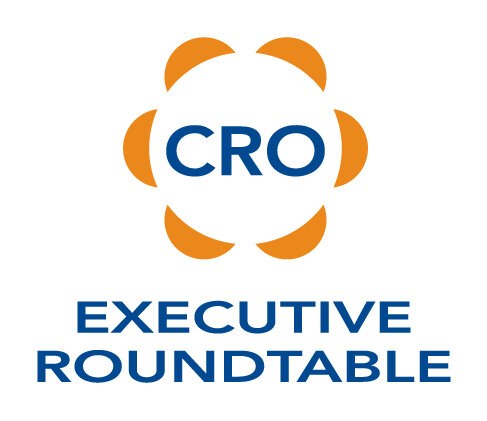CRO Success Rule #10:
Candidate interviews need to be a simulation of the sale you expect them to conduct.
We have arrived at our final CRO Success rule and it is an important one. Bad sales hiring happens for many reasons, but there are “free moves” you can use to enhance your hiring success. One of them is the interview. Too often we see hiring managers who simply want to have a discussion about a candidate’s resume along with telling them about the position, the company, the benefit plan, etc. Bad move.
The better approach is to mirror your typical sale in the initial interview. Sales interviews do not need to be comfortable, easy-going discussions. Instead, match the parameters of your typical sale. Have multiple people in the interview if they will have to sell to a group. Be somewhat short and curt with them if your prospects are typically in a hurry and not eager to talk to a salesperson. Interrupt the candidate, drill down on their answers, ask for deeper clarification…all of these moves are free. You would be wise to incorporate them into your hiring process so you can see the candidates in action.












